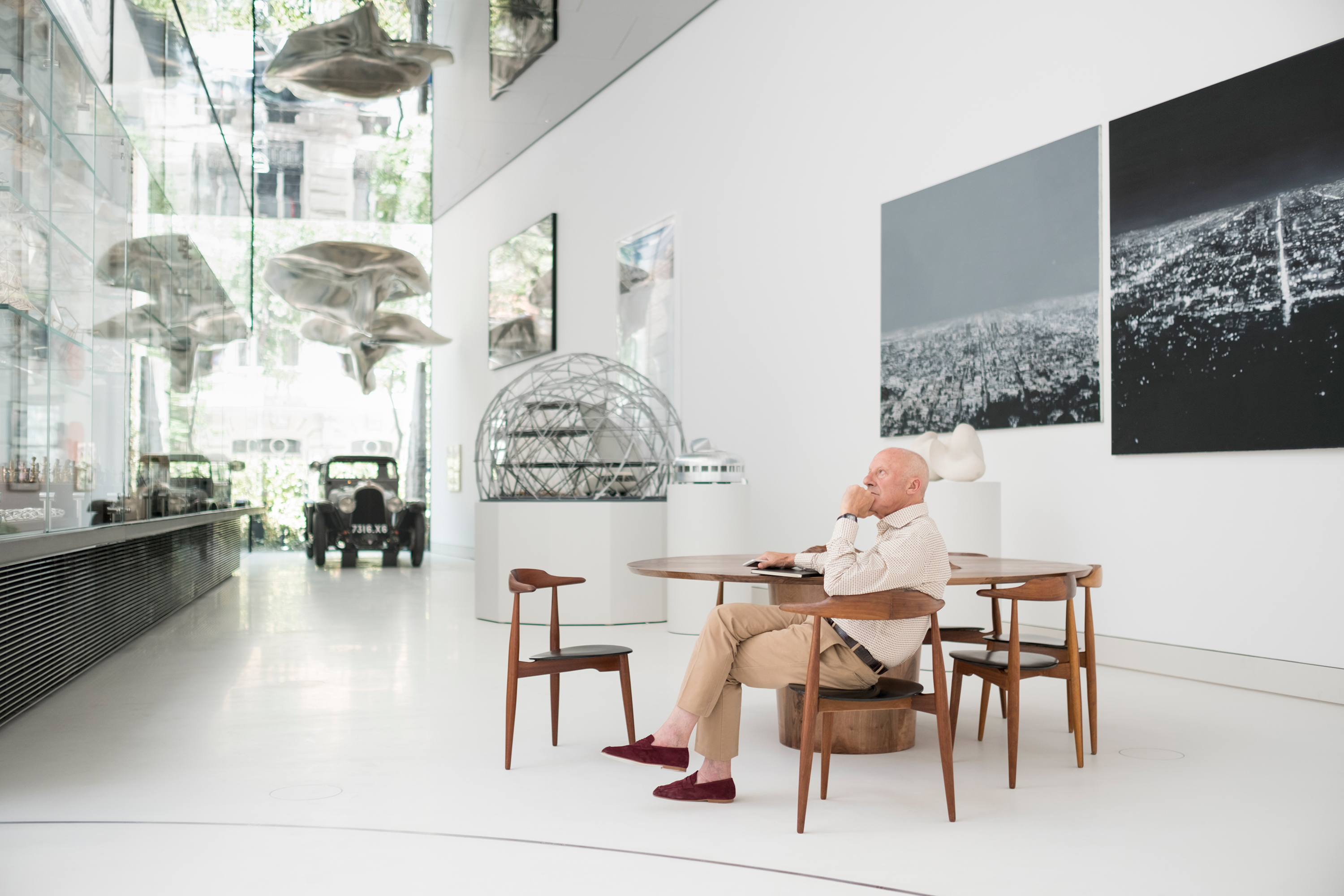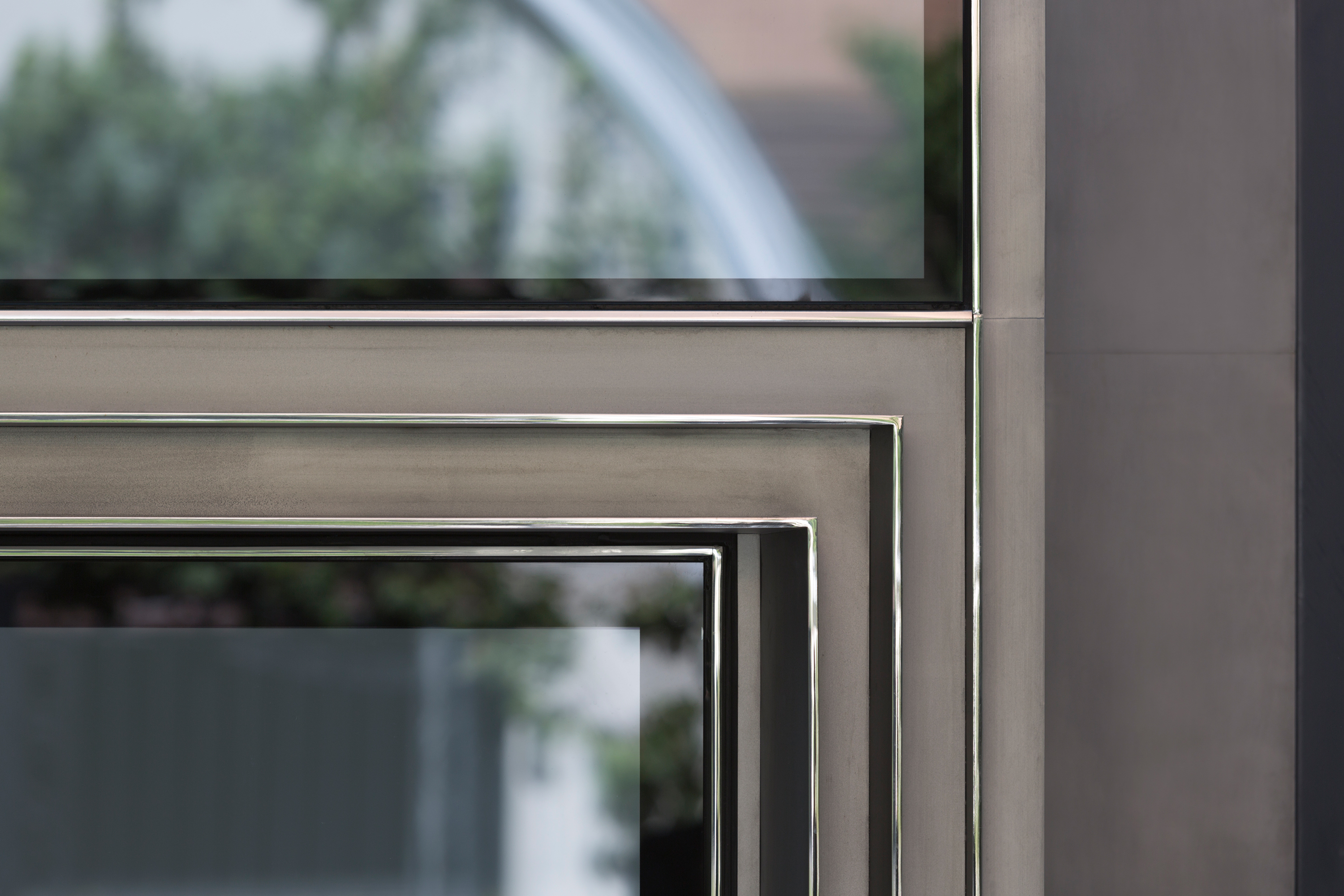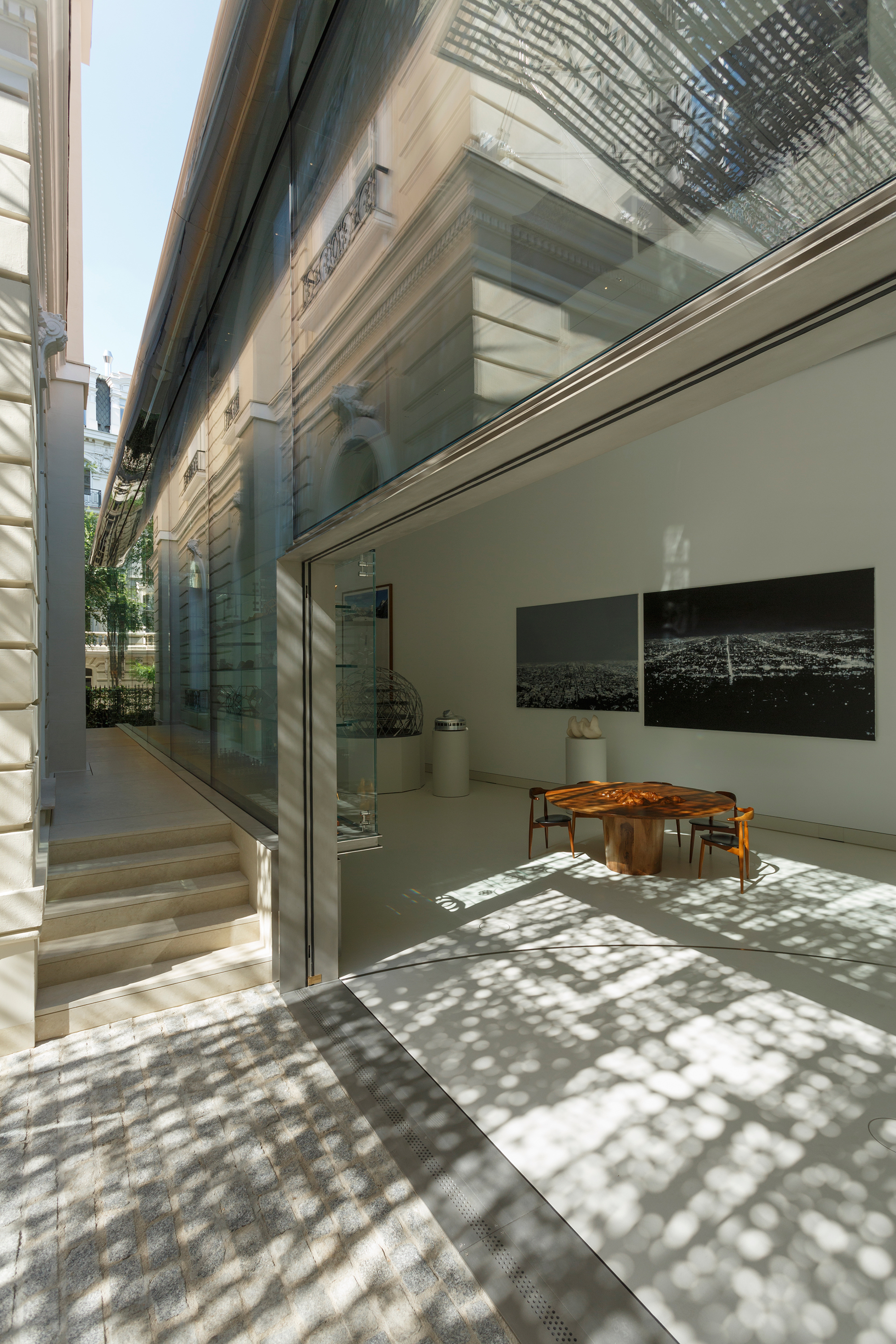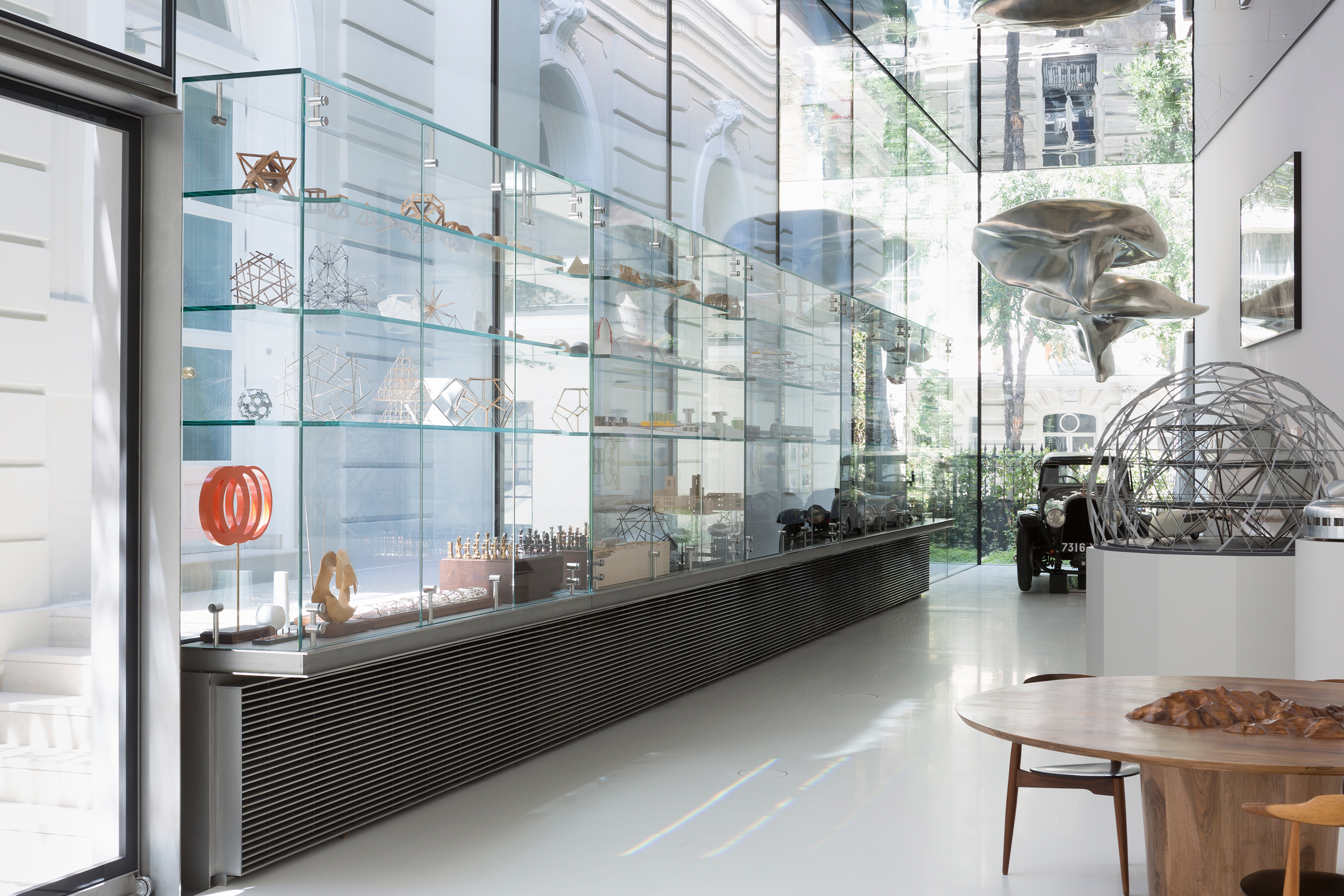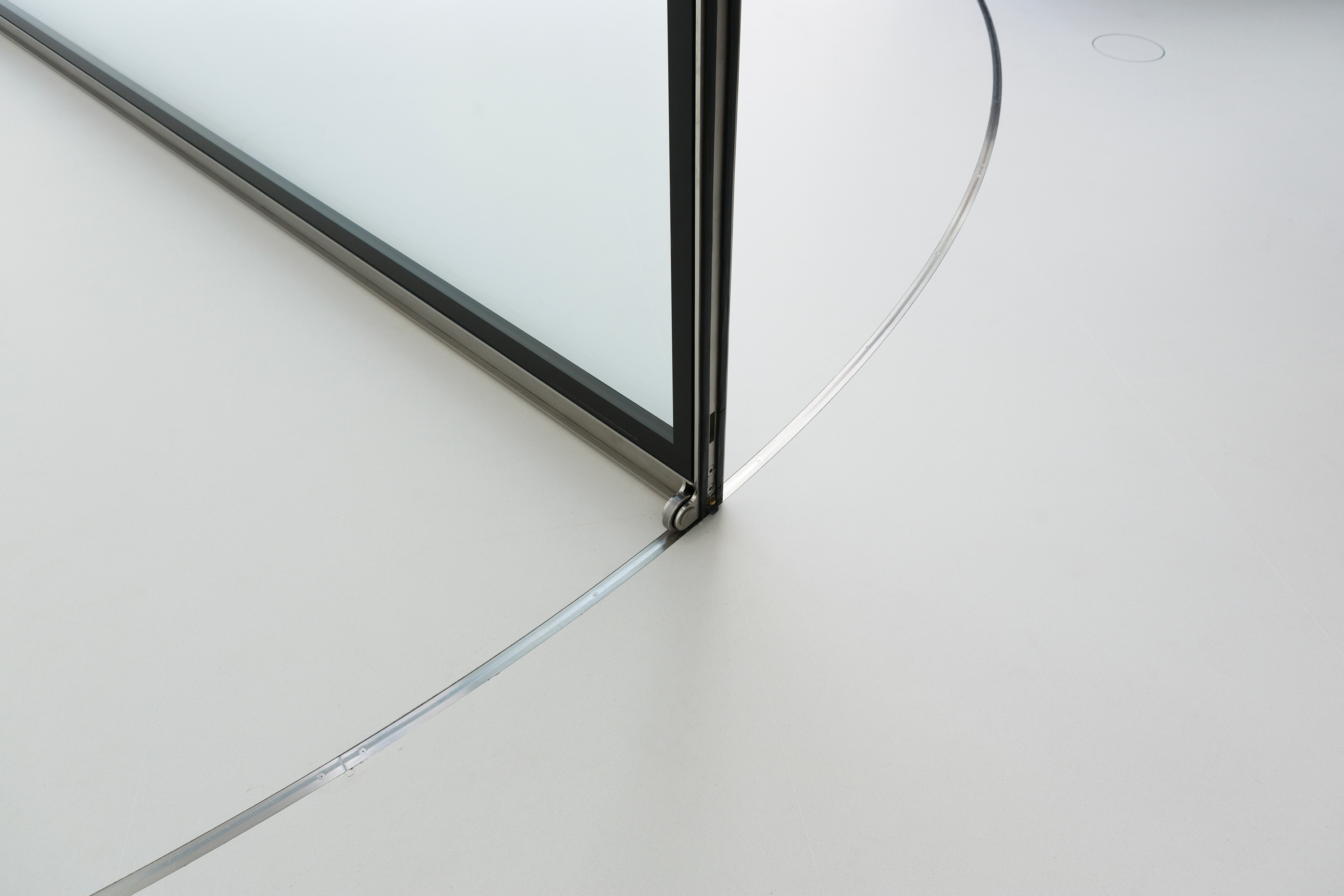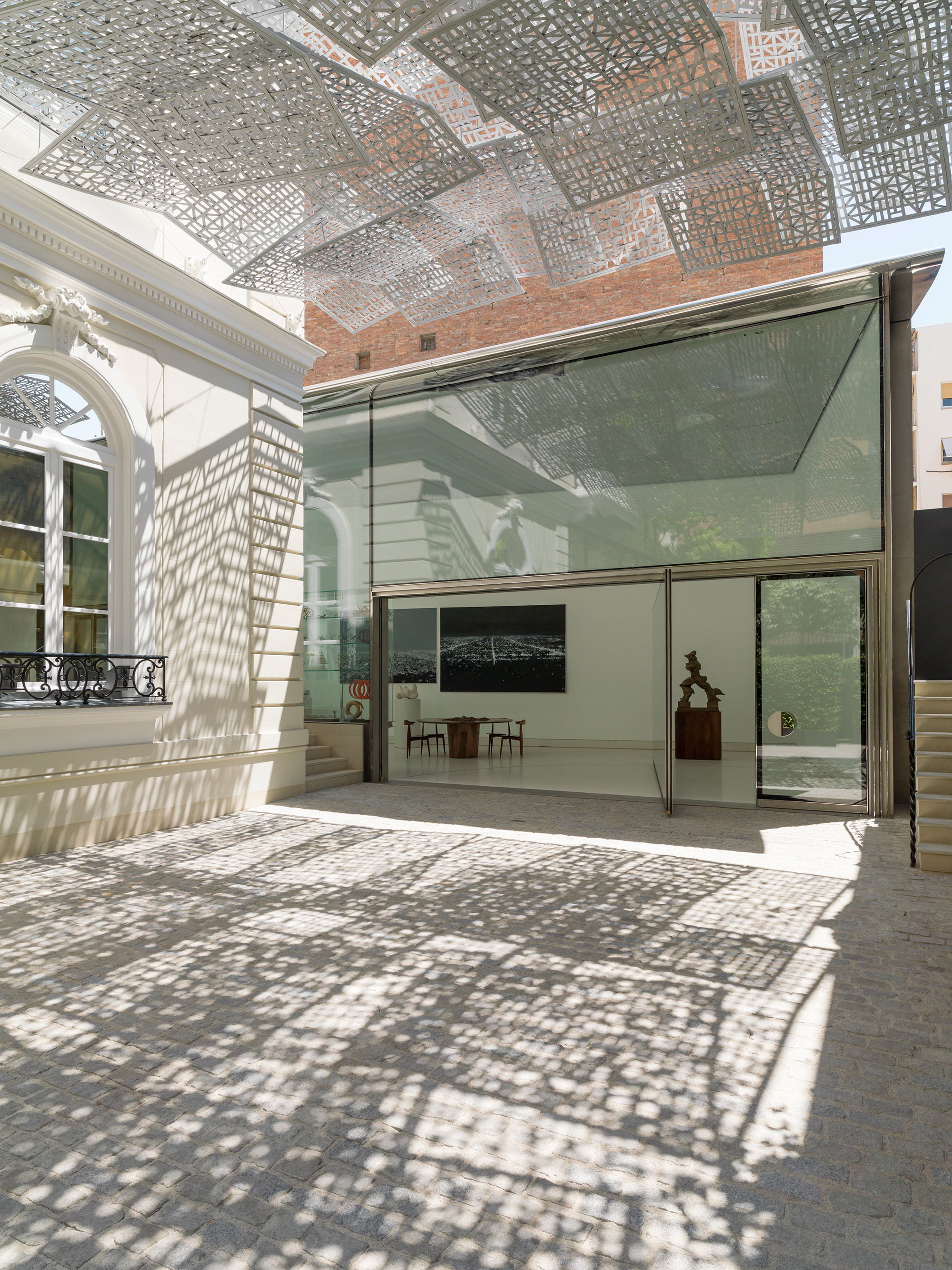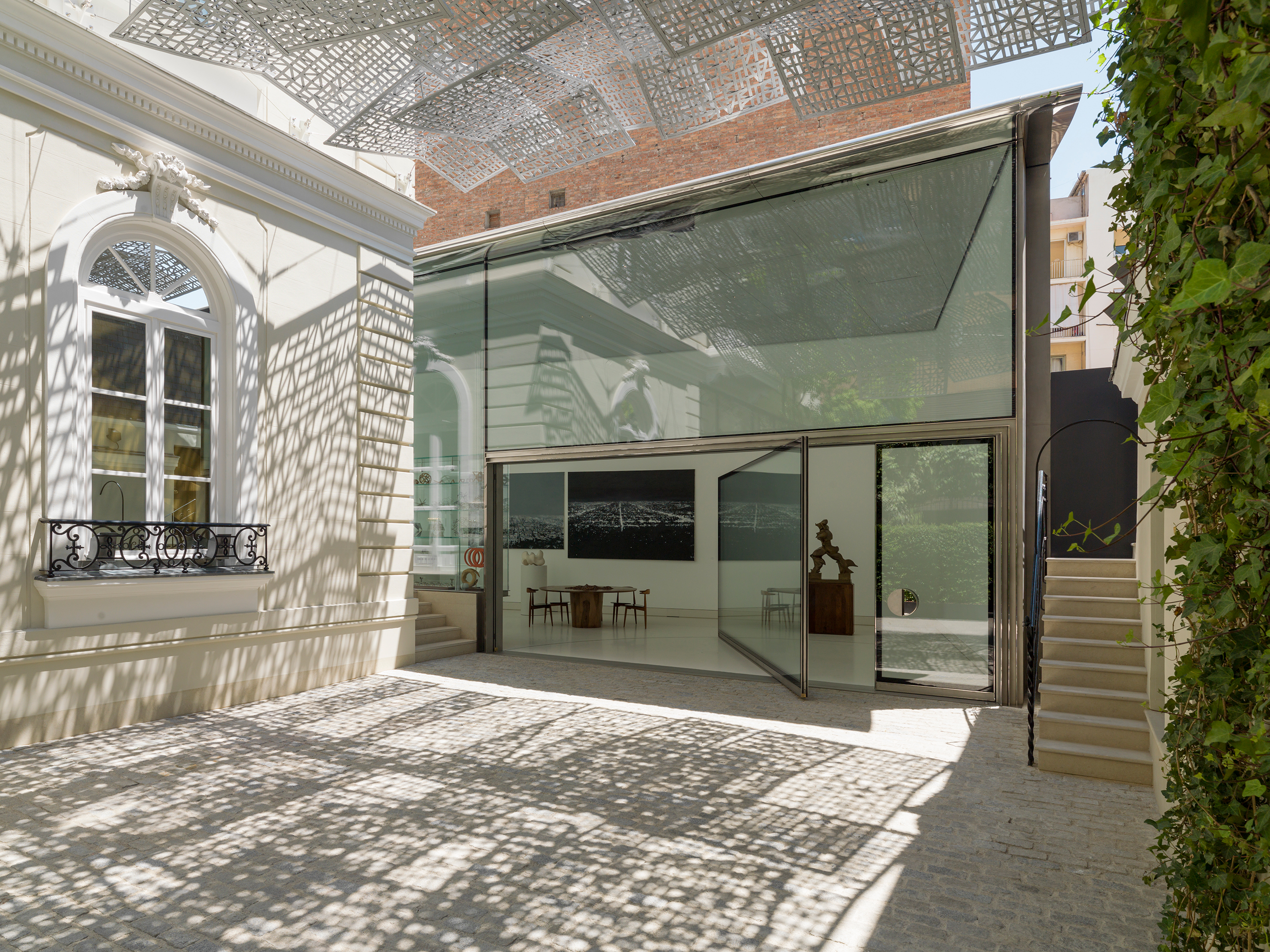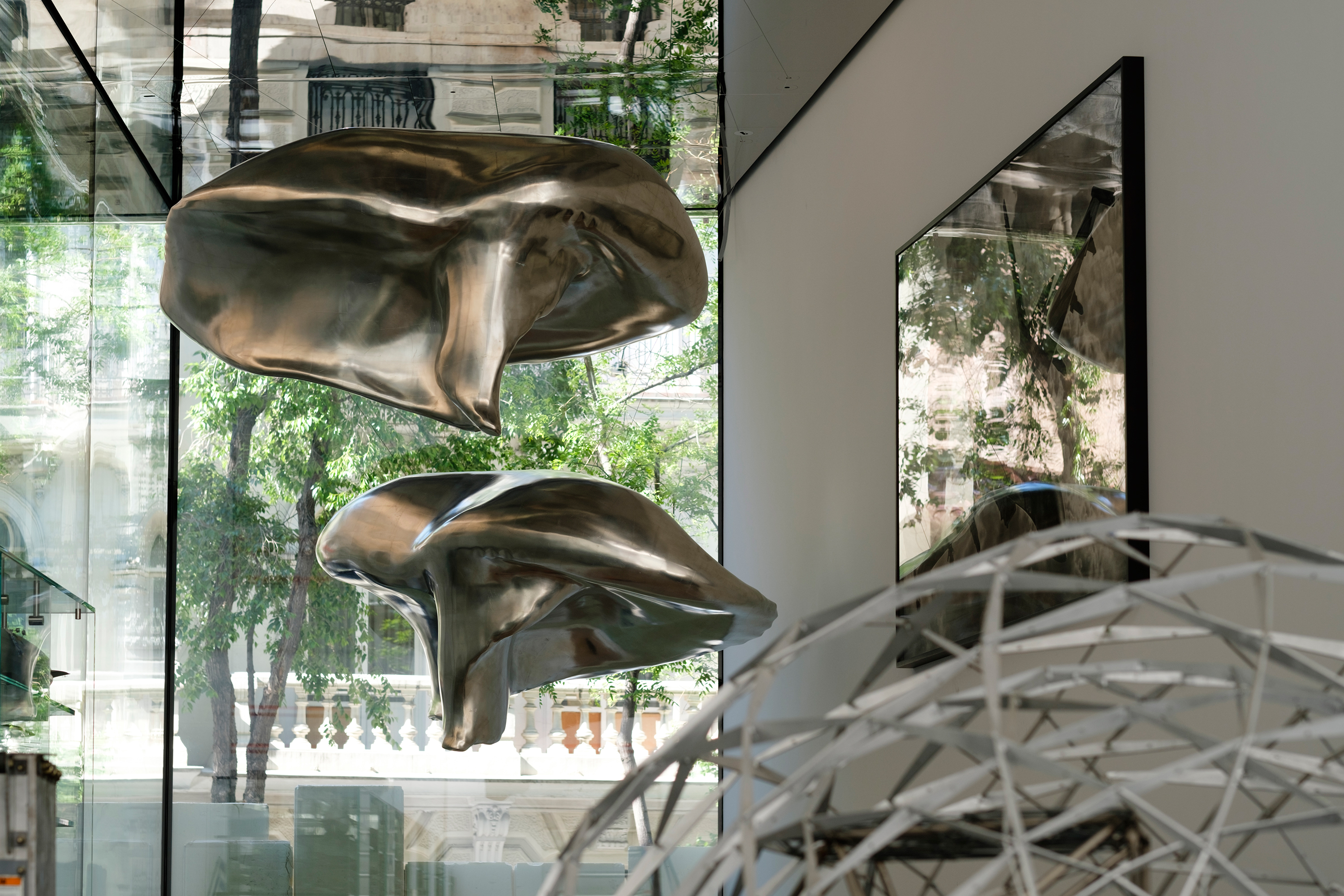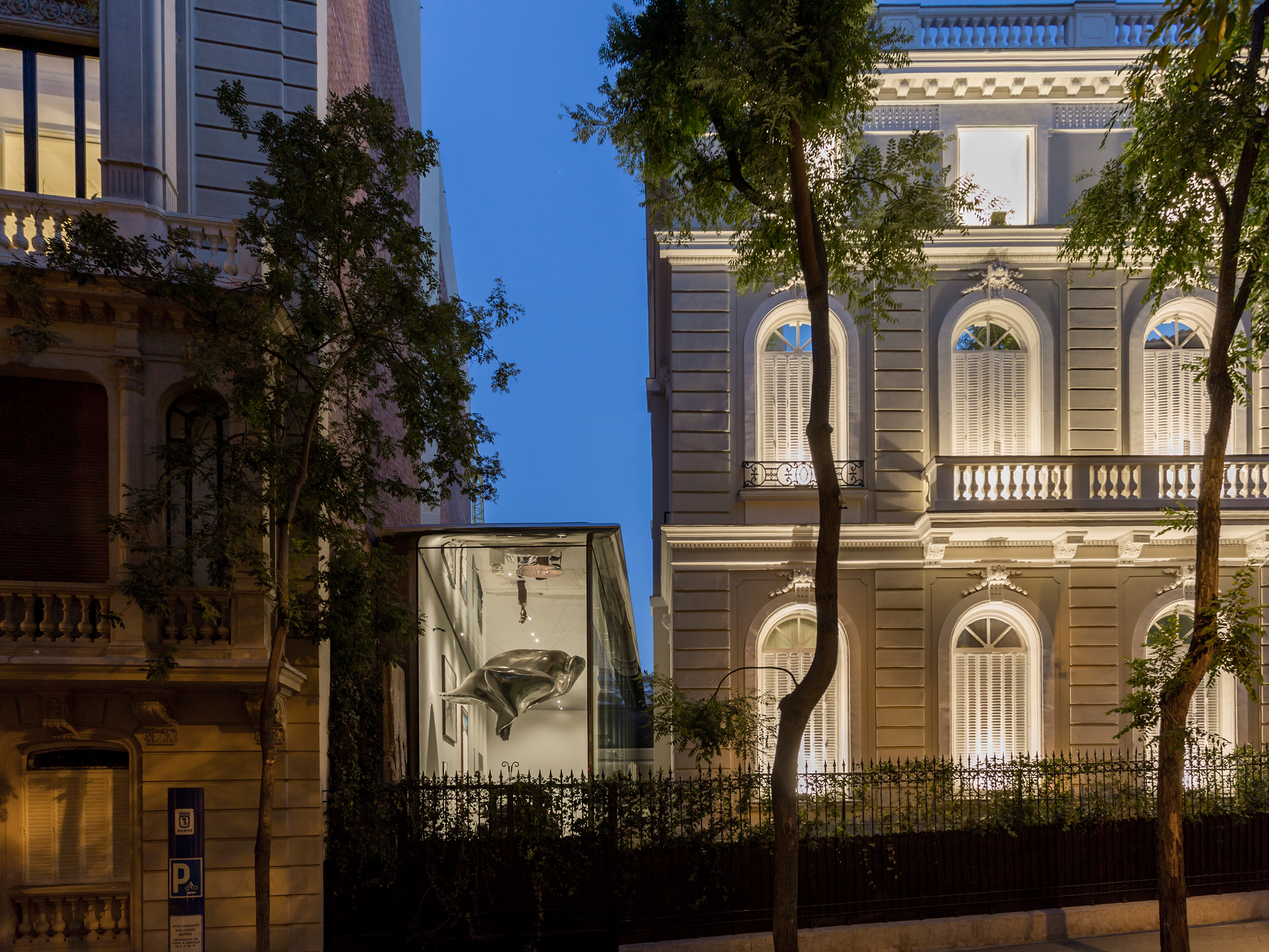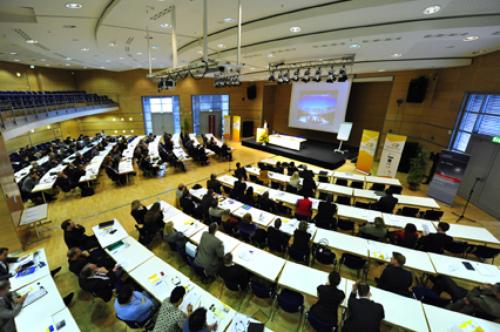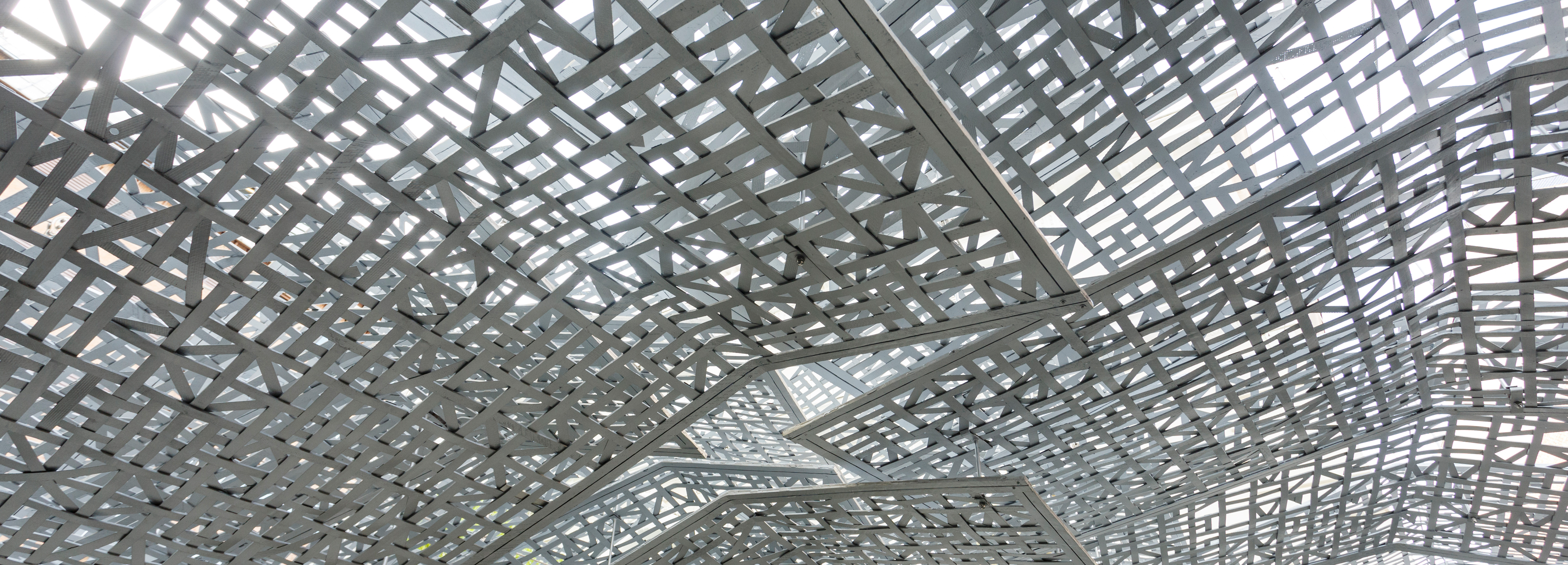Norman Foster Foundation: Opening of new glass pavilion in Madrid

Photo: © Guillermo Rodríguez / © Norman Foster Foundation
The headquarters of the Norman Foster Foundation were recently officially inaugurated in Madrid in a heritage-listed former residential building located and designed by Joaquín Saldaña. The Foundation has the mission to promote interdisciplinary thinking and research among prospective architects, designers and town planners, and to strengthen the connection between the disciplines of architecture and design, art and technology. In future particular value is to be attached to all-encompassing education as well as experimentation and research. At the same time the new Foundation will be managing both Norman Foster's archive and a library that is to enable insights into recent architectural history as exemplified by Foster + Partners projects.
A pavilion has also been set up in the building's courtyard to stage changing displays of objects related to Foster's work and his personal preferences. Providing the perfect setting for future talks and discussions, its main facade can be opened up to the outside and is shaded from above by elements designed by the Spanish artist Cristina Iglesias. Executed in interlocked light carbon fibre panels and titled 'The Ionosphere (a Place of Silent Storms'), the shading elements feature patterning generated from a text from Arthur C. Clarke's science fiction novel "The Fountains of Paradise".
The essence of the building can be seen in its restricted choice of precisely deployed materials, namely glass and steel used in an innovative and unobtrusive way: particularly slender stainless steel profiles were developed in close collaboration with the crafts businesses and welded together and with the high-gloss pavilion corners for a result that seems to dematerialise the mass of the building.
Norman Foster's particular passion for technology is reflected in the objects currently on display in the pavilion – an eclectic selection of models, photography and sculpture from the worlds of cars, aircraft construction and locomotives. Even back in the initial era of the modern movement in the 1920s, architects were fascinated by the rationalised aesthetics of modern machines, which is probably the reason why a restored original 1927 Avions Voisin C7 once in Le Corbusier's possession is one of the objects now on display in the pavilion space.
A pavilion has also been set up in the building's courtyard to stage changing displays of objects related to Foster's work and his personal preferences. Providing the perfect setting for future talks and discussions, its main facade can be opened up to the outside and is shaded from above by elements designed by the Spanish artist Cristina Iglesias. Executed in interlocked light carbon fibre panels and titled 'The Ionosphere (a Place of Silent Storms'), the shading elements feature patterning generated from a text from Arthur C. Clarke's science fiction novel "The Fountains of Paradise".
The essence of the building can be seen in its restricted choice of precisely deployed materials, namely glass and steel used in an innovative and unobtrusive way: particularly slender stainless steel profiles were developed in close collaboration with the crafts businesses and welded together and with the high-gloss pavilion corners for a result that seems to dematerialise the mass of the building.
Norman Foster's particular passion for technology is reflected in the objects currently on display in the pavilion – an eclectic selection of models, photography and sculpture from the worlds of cars, aircraft construction and locomotives. Even back in the initial era of the modern movement in the 1920s, architects were fascinated by the rationalised aesthetics of modern machines, which is probably the reason why a restored original 1927 Avions Voisin C7 once in Le Corbusier's possession is one of the objects now on display in the pavilion space.

